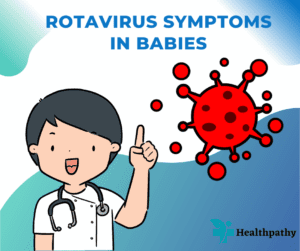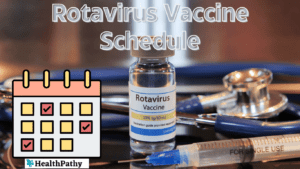How is rotavirus spread
Rotavirus is a highly contagious viral infection that primarily affects young children, causing severe diarrhea and dehydration. It is responsible for a significant portion of diarrheal illnesses worldwide, leading to substantial morbidity and mortality, particularly in developing countries. Understanding how rotavirus spreads is crucial for implementing effective preventive measures and reducing its impact on public health.
Transmission of Rotavirus:
Rotavirus is primarily transmitted through the fecal-oral route, meaning it spreads when a person comes into contact with infected fecal matter and then ingests the virus. This can occur through several different pathways:
Person-to-person transmission:
The virus is most commonly spread from person to person, especially in environments with close contact, such as homes, schools, childcare centers, and hospitals. Infected individuals shed the virus in their feces, and if proper hygiene practices are not followed, it can contaminate hands, surfaces, and objects. Subsequent contact with contaminated hands or surfaces and then touching the mouth, nose, or eyes can lead to infection.
Contaminated food and water:
Rotavirus can survive on surfaces and objects for an extended period, making it possible for the virus to contaminate food and water sources. Fruits and vegetables irrigated or washed with contaminated water and uncooked foods handled by infected individuals can serve as vehicles for transmission.
Environmental transmission:
Rotavirus can survive in the environment for extended periods under certain conditions. Poor sanitation and hygiene practices can lead to the contamination of water sources, soil, and surfaces, contributing to the spread of the virus.
Respiratory transmission:
Although the primary mode of transmission is fecal-oral, rotavirus can also be detected in respiratory secretions, suggesting that respiratory transmission may be possible, particularly in close-contact settings where respiratory droplets can contaminate surfaces or be directly inhaled.
Asymptomatic carriers:
Infected individuals can shed the virus in their feces even if they do not exhibit any symptoms. Asymptomatic carriers can unknowingly spread the virus, making control and prevention challenging.
Risk factors of Rotavirus:
Factors that increase the risk of rotavirus spread include overcrowded living conditions, inadequate sanitation facilities, and lack of access to clean water. Additionally, seasons and climate can influence rotavirus transmission, with higher incidences often observed during the colder months in temperate regions.
Prevention of Rotavirus transmission:
Preventing rotavirus transmission requires a multifaceted approach, including vaccination, improved hygiene practices, and public health interventions. Vaccination is the most effective strategy to reduce rotavirus-related illnesses and deaths.
Proper hygiene practices:
It plays a crucial role in preventing rotavirus spread. These practices include regular and thorough handwashing with soap and water, especially after using the toilet, changing diapers, and handling food. Disinfecting surfaces and objects regularly can also help minimize the risk of contamination.
Clean drinking water:
Access to clean drinking water and improved sanitation facilities is essential in reducing rotavirus transmission. Proper sewage disposal and water treatment systems can prevent fecal contamination of water sources, reducing the risk of infection.
Public health awareness: How is rotavirus spread
Public health efforts should focus on raising awareness about rotavirus transmission and its consequences. Education programs targeted at parents, caregivers, and healthcare providers can promote early recognition of symptoms and the importance of vaccination.
Summary:
Rotavirus is primarily spread through the fecal-oral route, and person-to-person transmission is the most common mode of spread. Improved hygiene practices, vaccination, access to clean water, and sanitation facilities are essential, particularly among young children. Public health interventions and education are vital in controlling outbreaks and protecting vulnerable populations, especially in resource-limited settings.
Related Articles:



Follow us:






